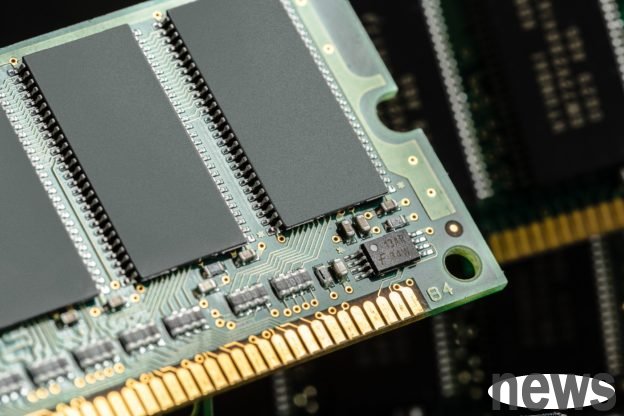According to Korean media reports, Samsung Electronics has begun the conceptual design and initial development of high-bandwidth flash memory (HBF) products, preparing to join a new round of competition in the memory market. The design concept of HB...

According to Korean media reports, Samsung Electronics has begun the conceptual design and initial development of high-bandwidth flash memory (HBF) products, preparing to join a new round of competition in the memory market.
The design concept of HBF is similar to that of HBM, both using through-silicon via (TSV) technology to connect multi-layer chip stacks. The difference is that HBM uses DRAM as the core, while HBF uses NAND flash memory, which has the characteristics of larger capacity and more cost advantage.
As the demand for memory capacity in data centers increases, existing NAND capacity has gradually become insufficient. At the same time, HBM is a volatile memory and will lose all data once the power is cut off. If it can be paired with NAND Flash with non-volatile characteristics, it can ensure data preservation while taking into account high-speed computing requirements. Therefore, the future market is expected to gradually move towards the dual architecture model of HBM + HBF to meet the dual needs of high bandwidth and large capacity for AI computing power.
SK Hynix and SanDisk were the first to start HBF standard development. The two parties have signed a cooperation memorandum and aim to supply samples in 2026 and mass production in 2027. At the same time, Japan’s Kioxia also demonstrated its ultra-high-speed prototype in August this year, taking the lead in demonstrating its technical capabilities. These actions show that HBF has become a new battlefield that global memory manufacturers are actively deploying.
Now, Samsung Electronics, which has the largest NAND flash memory market share, has officially joined the battle and is regarded as a key force that may change the market direction. According to TrendForce data, Samsung's global NAND market share rose slightly to 32.9% in the second quarter, ranking first, thanks to AI servers driving enterprise-level SSD demand. If this advantage is transferred to the HBF field, it will make it difficult for other companies to enter the market.
With the rapid expansion of AI model scale, it may be difficult to fully support the huge demand of data centers relying solely on HBM. Therefore, the industry has begun to pay attention to the possibility of HBF as a supplementary solution. If HBF can be successfully implemented, it is expected to provide larger capacity data access for the GPU and reduce unnecessary costs while ensuring low latency.
[단독] “넥스트 HBM 선점하라 " 삼성, HBF 개발 참전